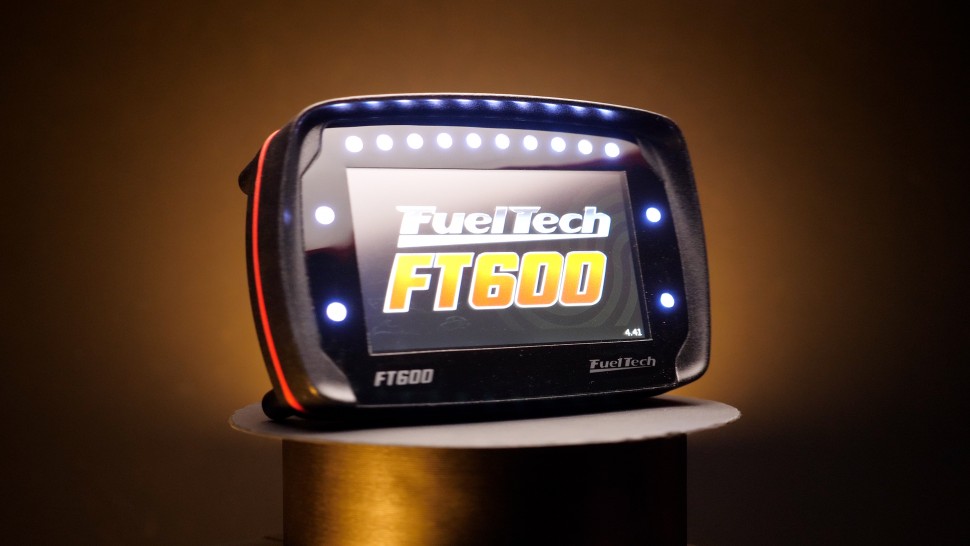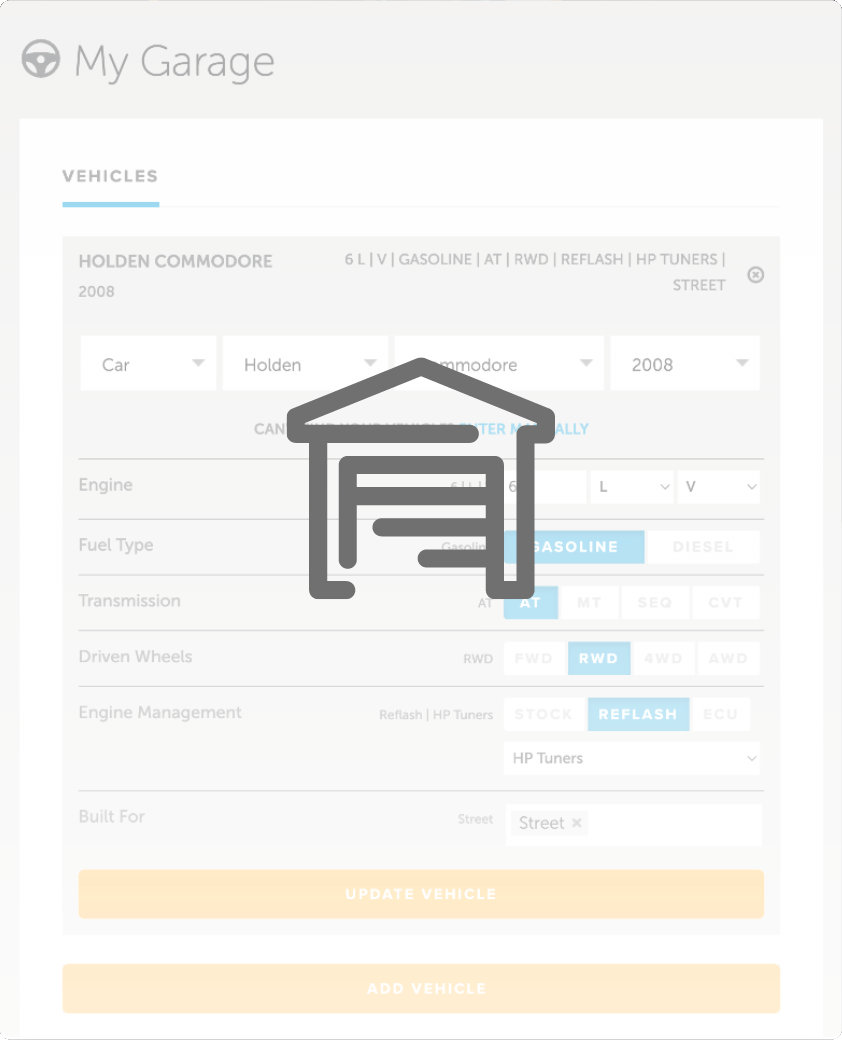FAQ: You Can't Align Staggered Wheels, Right? WRONG!
Summary
What if your wheel offset is different from front to rear where you are running wider tyres on the front or rear compared to the opposite end? Can you still use a string alignment system?
| 00:00 | - How do you use the string for toe if the wheels are not the same width front and rear? Yeah so the idea here is that we're using this parallelogram setup and we're centreing it to the centreline of the car. |
| 00:10 | So what I'll do here is maybe do a little bit of a sketch, it's definitely easier to visualise when I sketch it out like this rather than just talk about it. |
| 00:16 | So let's say we've got an overhead view of our car here and we've got our, let's say we've got our wheel sitting like this. |
| 00:28 | Let's say, let's exaggerate it like this on the rear axle like this. |
| 00:35 | So we've really clearly got a situation where the rear wheels are not only much wider, they're also much further out from the, the track width's much wider as well so this is our rear track width here. |
| 00:45 | And that's our front track width there. |
| 00:47 | Taken from the centreline of the wheels there. |
| 00:49 | So the really important point to understand about this whole wheel alignment setup, it's all based around having those strings parallel to each other and the key to that is as long as those little slots that the string sits in are exactly the same width apart, which is really easy to do because all you need to do is put these two bars next to each other and cut the slots in the same position, that's really trivial. |
| 01:07 | Now we're going to run these strings down. |
| 01:11 | Not very straight but you get the idea, these are our strings and because these are spaced the same width apart, we know these are parallel to each other. |
| 01:18 | What we don't know for a start is that these strings are parallel to the centreline of the car which is obviously the bit that's most important. |
| 01:24 | The centreline of the car is really the reference that we're working towards there. |
| 01:27 | So the trick here is we take our ruler and we measure from the centre, any convenient point really but it's usually the most convenient in the centre of the hub there, so there'll usually be some reference point we can measure from. |
| 01:40 | Looking at it in side view there. |
| 01:41 | We want to measure here, we want to measure here and we want to sort of shuffle these bars across until we get the same measurement from along the front axle, so that's telling us that these strings are now centred with respect to the front axle which is telling us they're centred with respect to the centreline of the car. |
| 01:56 | Then we're going to go to the back of the car and you guessed it, we're going to do the exact same thing, I'm going to take that same measurement and we're going to keep iteratively shuffling these until we get a measurement on the axle where we're measuring the same amount left and right. |
| 02:12 | Now at that point because we've done this at each end of the car, obviously to some extent, to some small extent, these measurements are going to affect the other end. |
| 02:19 | So because I've centred the front, I've then shifted what was happening at the rear so I'm going to now have some difference at the front axle, now all I need to do is iterate, go between the front and the rear axle and typically you'd maybe do 3 or 4 times, you just end up iterating, shuffling those string bars along until you get it centred to the centreline of the car so hopefully you see there it doesn't matter whether you have a different track width, it doesn't matter if you have different wheel sizes or wheel widths, doesn't actually change anything, all we're doing is centring it to the centreline of the car itself but good question. |
| 02:52 | That question was taken from one of our free live lessons. |
| 02:56 | If you like free stuff and you want to expand your knowledge, click the link in the description to claim your free spot to our next live lesson. |
| 03:04 | You'll learn about optimising the performance and handling of your car on the racetrack, as well as improving your skills behind the wheel. |
| 03:11 | Plus, you'll have the chance to ask your own questions, which we'll be answering live. |





